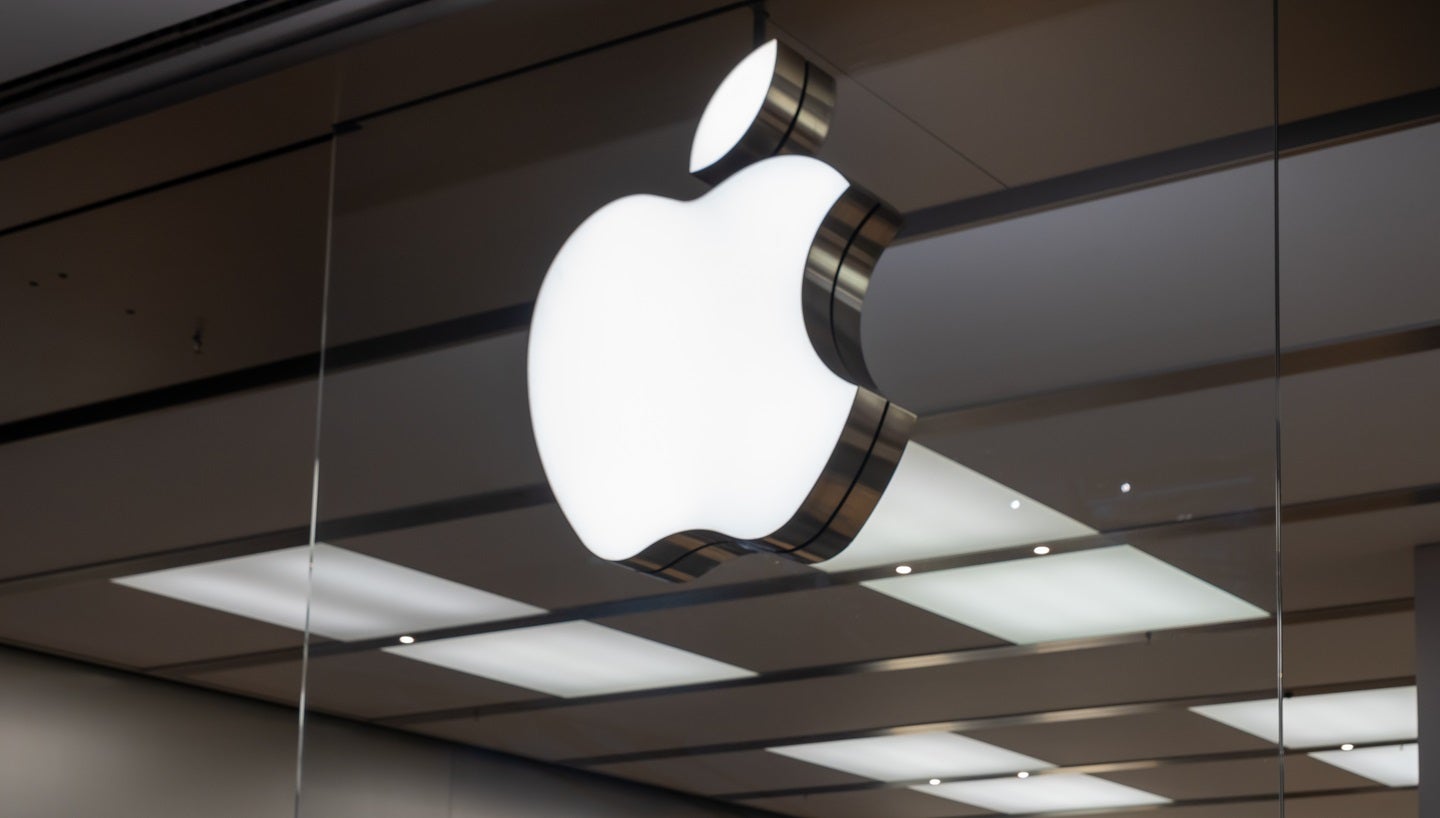For over twenty years, the International Space Station (ISS) has served as humanity’s steady domicile in orbit. It functions as a laboratory, a workplace, and a representation of worldwide collaboration. Astonishingly, throughout these years of uninterrupted habitation, no astronaut has lost their life aboard the ISS. This achievement stands as a demonstration of engineering prowess, stringent safety protocols, and the expertise of the teams who reside and operate in one of the most extreme environments conceivable. Nonetheless, survival in space is never a given.
The ISS has encountered its fair share of near-misses, technical failures, and urgent situations. Any of these instances could have escalated into a disaster, from thrusters that sent the entire station into an uncontrollable spin to debris that narrowly evaded the ISS. Such events serve as a reminder of the delicacy of life beyond Earth’s realm. Even minor issues can quickly escalate into life-threatening challenges. Thus, when a rocket carrying a new crew member disintegrated during ascent, or a breach occurred in a docked Soyuz capsule, the hazards of space travel became glaringly apparent. Each of these emergencies was managed without any loss of life, affirming that the ISS is not merely a scientific facility in space, but a frontier where human resourcefulness is tested daily.
**Near drowning in space**
On July 16, 2013, Italian astronaut Luca Parmitano floated outside the ISS during what was expected to be a standard spacewalk. However, a deeply alarming incident occurred: his helmet started to accumulate water. Initially, Parmitano experienced an unusual dampness at the rear of his head, reminiscent of someone spilling a drink on him. Moments later, water engulfed his ears, obscured his vision, and obstructed his breathing. He found himself on the verge of drowning in the vacuum of space within his own spacesuit.
The source was later pinpointed to a fault in the suit’s fan pump separator, a component of the cooling water management system. Instead of circulating properly, coolant leaked into the helmet, gradually yet persistently. In a microgravity environment, the water droplets couldn’t fall. Instead, they adhered to his face, impairing his vision and making breathing difficult. As the water filled his ears, Parmitano realized communication was a challenge.
Fortunately, he maintained his composure under stress and navigated back to the airlock, even though he was essentially blind and profoundly disoriented. His fellow astronauts assisted him through touch and voice commands, enabling him to re-enter the station before the situation became lethal. NASA subsequently labeled this incident as one of the most frightening near-misses in the ISS’s history.
**Tiny breach, significant issue**
On December 14, 2022, the ISS crew and mission controllers were taken aback by an alarming revelation: the docked Soyuz MS-22 spacecraft was leaking coolant. The cause? A suspected micrometeorite impact created a breach in the spacecraft’s external radiator loop. The result was a minute hole (approximately 0.8 mm) through which coolant began to escape into space. The leak was initially detected through pressure sensor readings, leading to the cancellation of a planned spacewalk and urgent assessment of the spacecraft’s condition. While the internal modules remained livable, temperatures were anticipated to rise without the cooling system’s safeguards.
The greatest risk was that the Soyuz was intended to function as a lifeboat for the ISS’s three-member crew (NASA’s Frank Rubio and Russians Sergey Prokopyev and Dmitry Petelin). Without a functioning Soyuz, these astronauts had no secure, guaranteed means of returning in case of an emergency. To address this, engineers needed to launch the replacement Soyuz MS-23 without any personnel. However, this also required the crew on the ISS to prolong their stay. MS-22 ultimately returned to Earth in 2023, landing uncrewed, allowing the ground team to investigate the malfunction.
**When a customary task goes awry**
Just moments after liftoff, what was intended to be a standard crew rotation to the ISS transformed into one of the most dramatic mission aborts in contemporary spaceflight history. The Soyuz MS-10, carrying Russian cosmonaut Alexey Ovchinin and NASA astronaut Nick Hague, encountered a critical failure. One of the rocket’s boosters failed to detach properly and was destroyed upon colliding with the core stage.
In situations like these, there’s no room for deliberation. The launch escape system activated automatically, pulling the crew capsule away from the malfunctioning rocket. Ovchinin and Hague experienced a terrifying ballistic re-entry, enduring forces of around 7Gs as their capsule hurtled back to Earth. For two agonizing minutes, the world held its breath, uncertain if the capsule, or its occupants, would survive.
The capsule ultimately landed safely in the Kazakh steppe, allowing mission control to finally exhale. The crew walked
Read More








